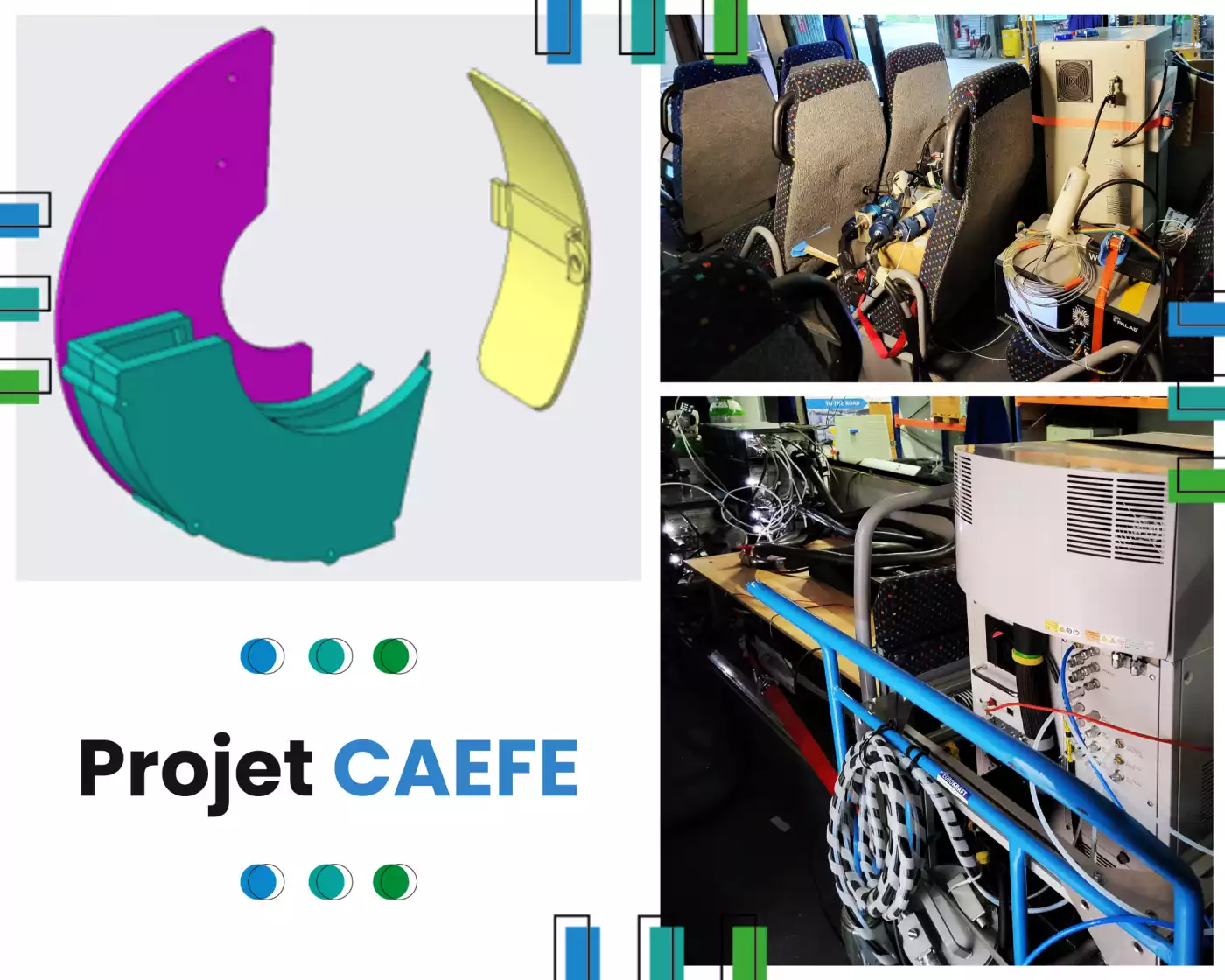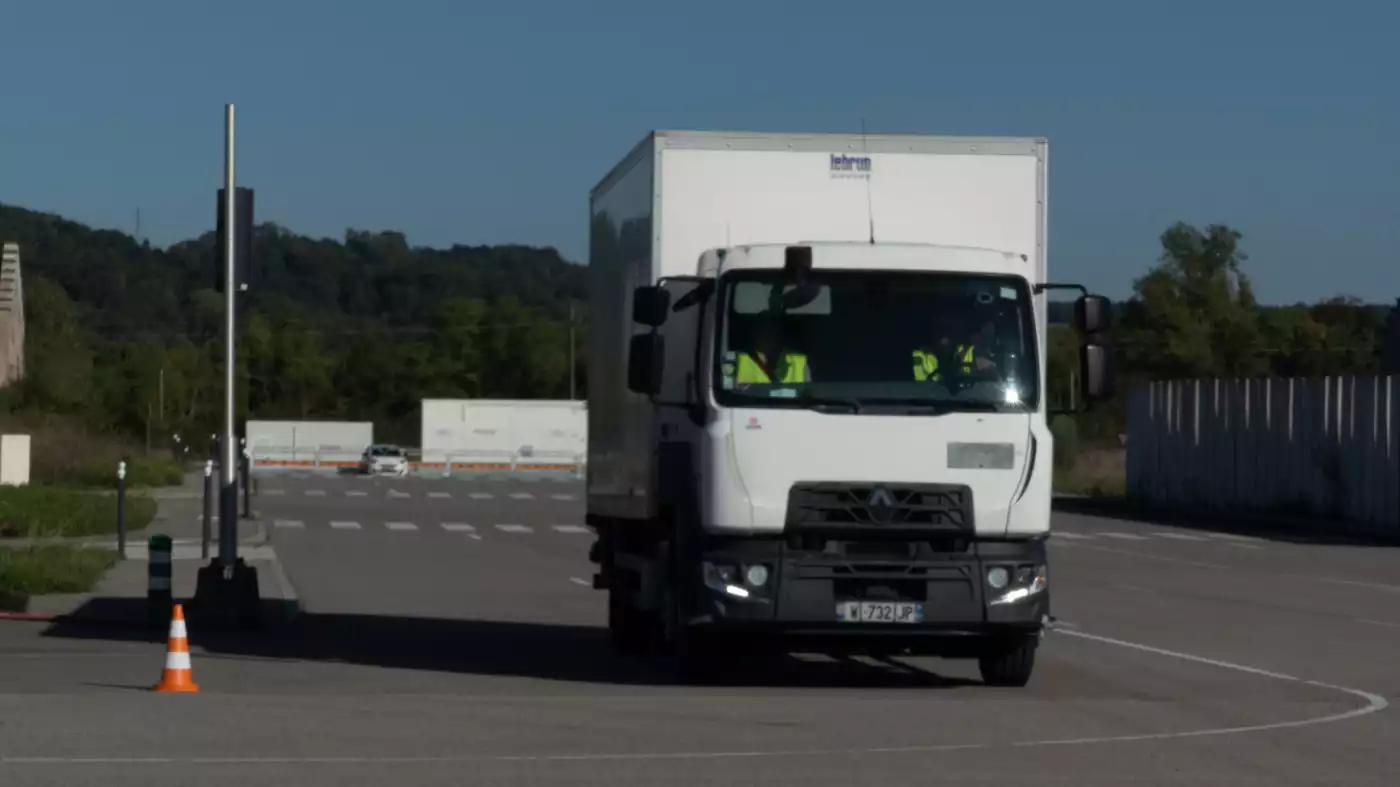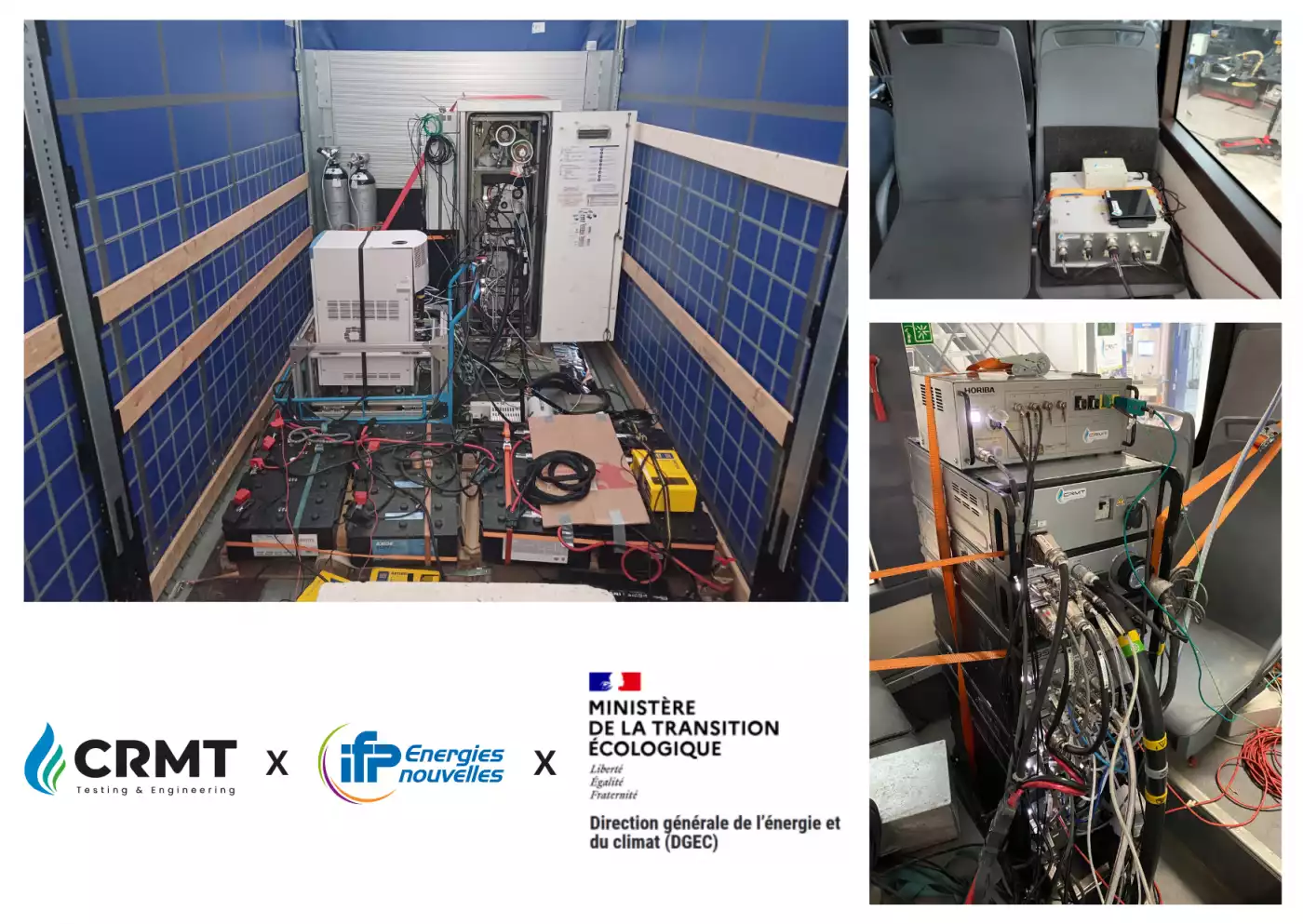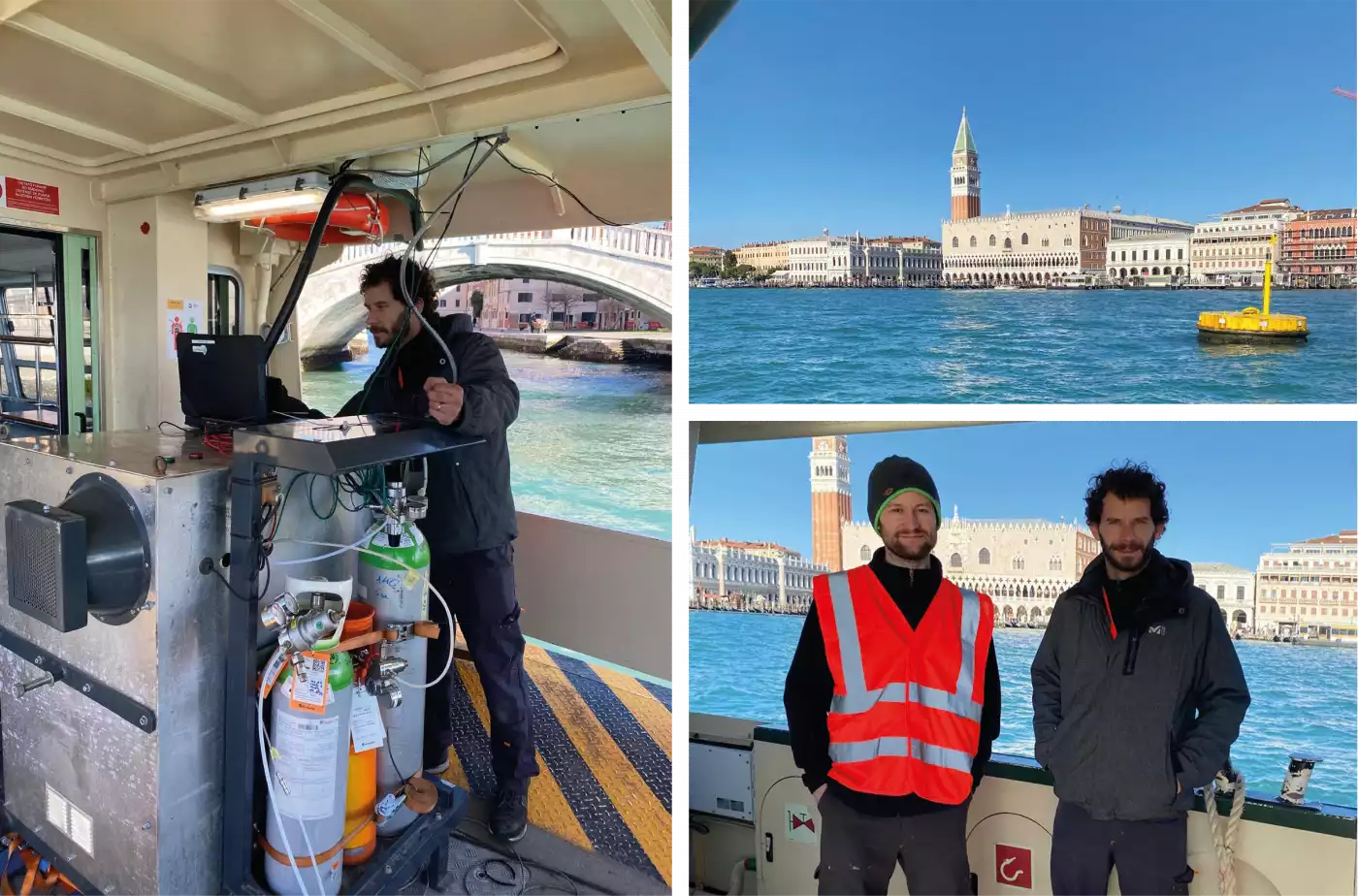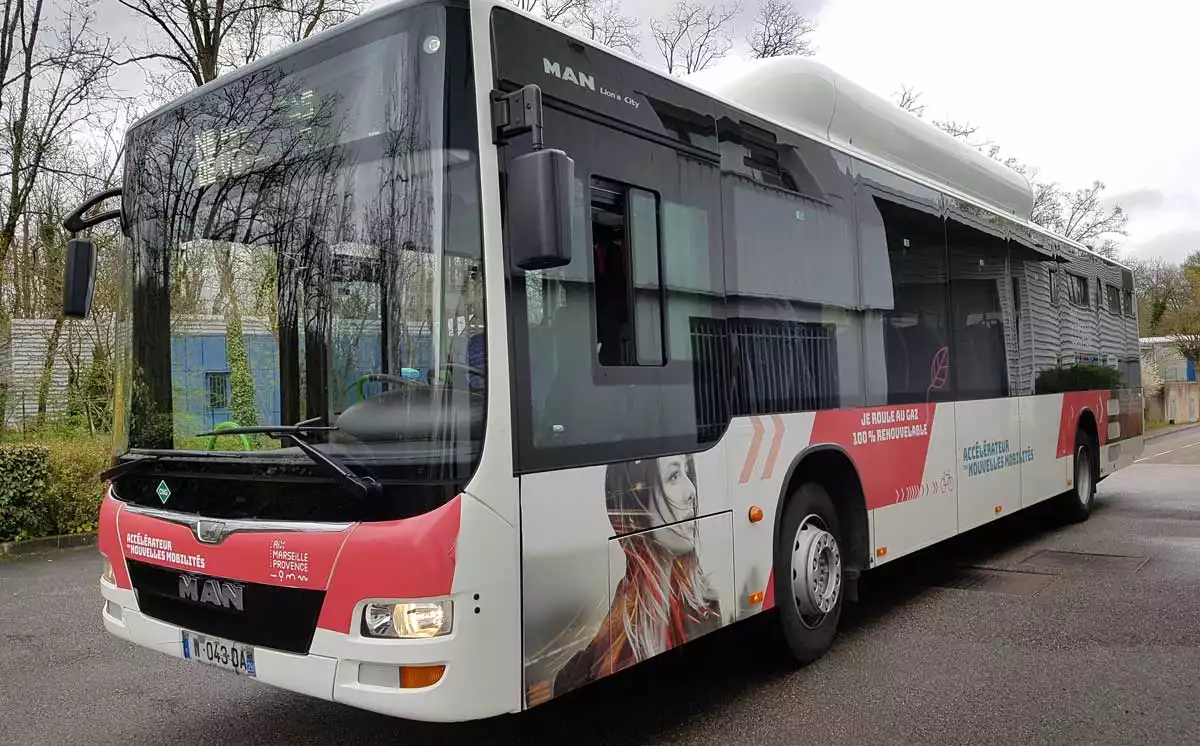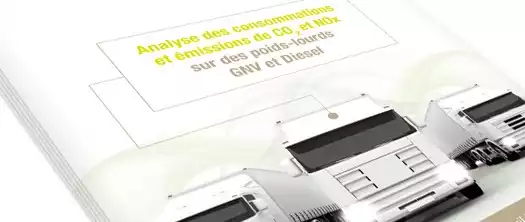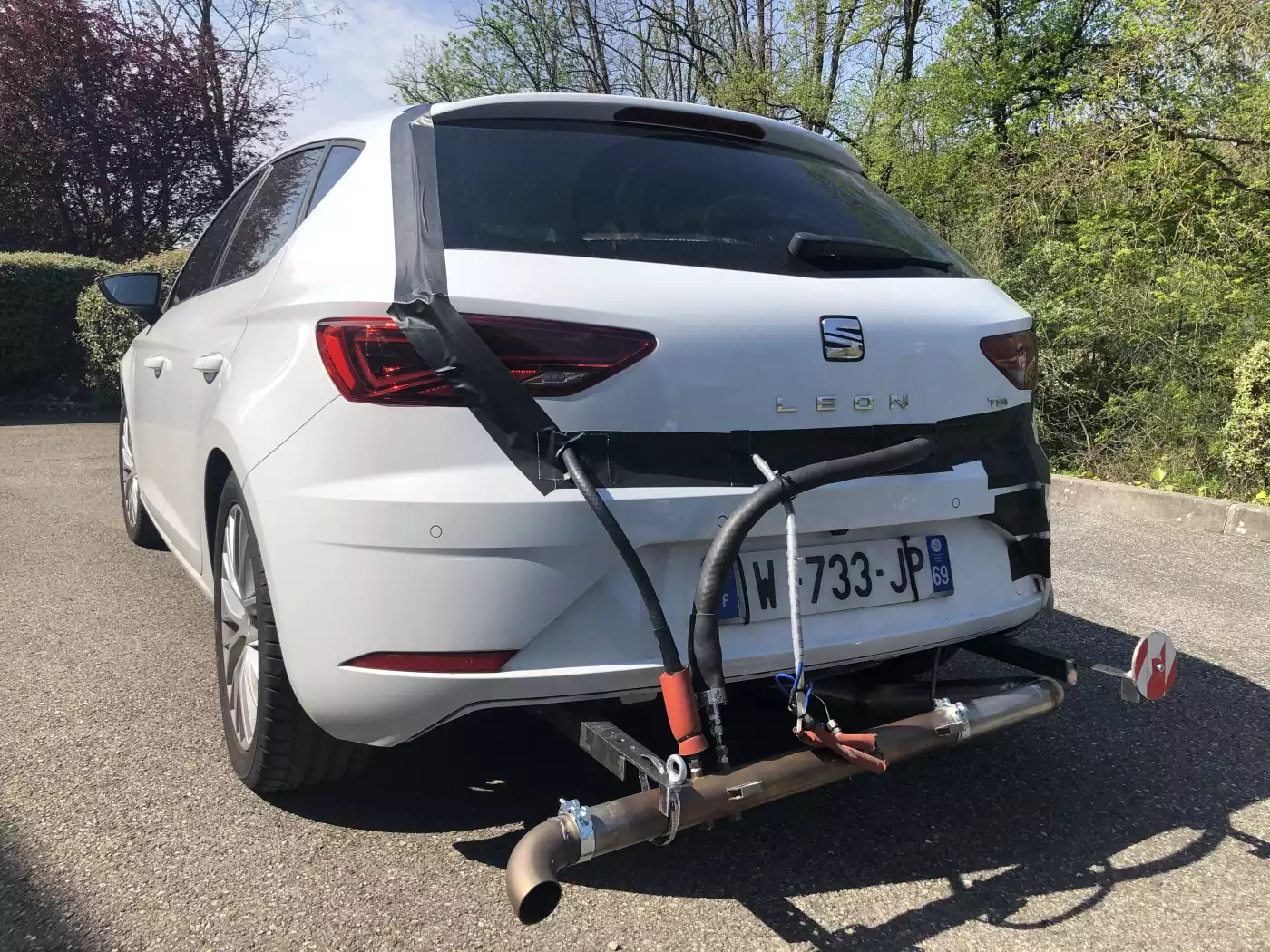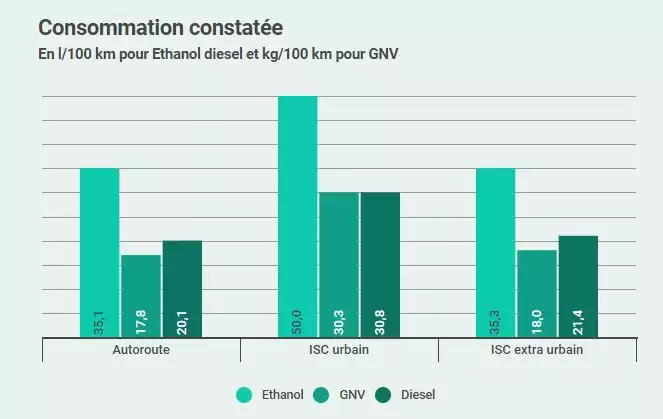A STUDY TO BETTER UNDERSTAND FINE PARTICLES AND NON-EXHAUST EMISSIONS
FINE PARTICLES: AN INVISIBLE POLLUTION MEASURED BY CRMT
Road transport has a major impact on air pollution, especially in urban areas, by emitting various pollutants such as hydrocarbons (HC), carbon monoxide (CO), nitrogen oxides (NOx), volatile organic compounds (VOCs), heavy metals and fine particles. A growing proportion of fine particulates is generated by wear and tear on brakes, tires and road surfaces.
With the support of ADEME, Gustave Eiffel University and Telma, CRMT is working on characterizing and comparing emissions of brake and exhaust pollutants on a coach in operating conditions. CRMT has carried out a campaign to measure both exhaust and non-exhaust pollutant emissions from a coach's brakes, under actual operating conditions. The aim of this study is to understand and evaluate these emissions, and to propose solutions to reduce them and thus improve air quality.
CHARACTERIZATION OF BRAKE PARTICLES: A TWO-PHASE STUDY
The project was developed in two phases:
Firstly, CRMT applied its expertise in the modeling and design of customized particle collection devices (technical choices, prototyping and modeling, manufacturing management and instrumentation). The teams thus developed a brake particle sampling system dedicated to the bus under test.
The vehicle was then put through its paces on a school run, simulating the constraints associated with the use of a school bus: frequent and prolonged stops, short route, ensuring high brake loads. The coach was then tested on a certification route (ISC type) with a complete cycle including urban, extra-urban and freeway journeys. This second campaign enabled comparisons to be made between the use and non-use of the Telma device, an electromagnetic retarder that emits no fine particles thanks to its frictionless design.
Several measuring instruments were used, including FTIR (Fourier Transform Infrared Spectroscopy), which measures emissions of regulated and non-regulated pollutants such as: VOCs, methanol, ethanol, acetaldehyde, MTBE, DME, acetone, SO2, acetic acid, etc..,
An exhaust flowmeter and various PEMS (Portable Emissions Measurement Systems) were also used to measure various pollutants: CO, HC, NOx, CO2, NO2,
CRMT MOBILIZES COMPLETE EXPERTISE FROM DESIGN TO ON-BOARD MEASUREMENT
CRMT's experience in the engineering, development and integration of brake particle collection systems, as well as in on-board measurements, means we can offer complete expertise from the design of a particle collection solution to the execution of the test campaign.
For more information on our expertise in measuring regulated and non-regulated pollutant emissions : R&D : Non-regulated pollutant emissions measurement
